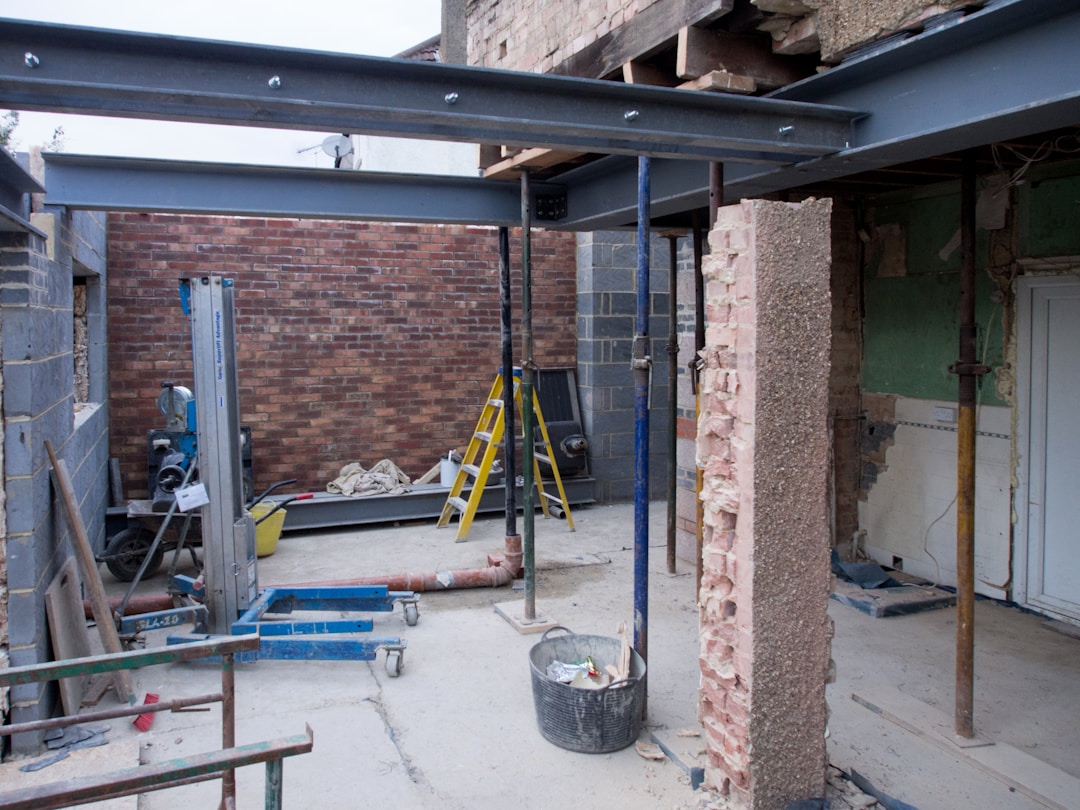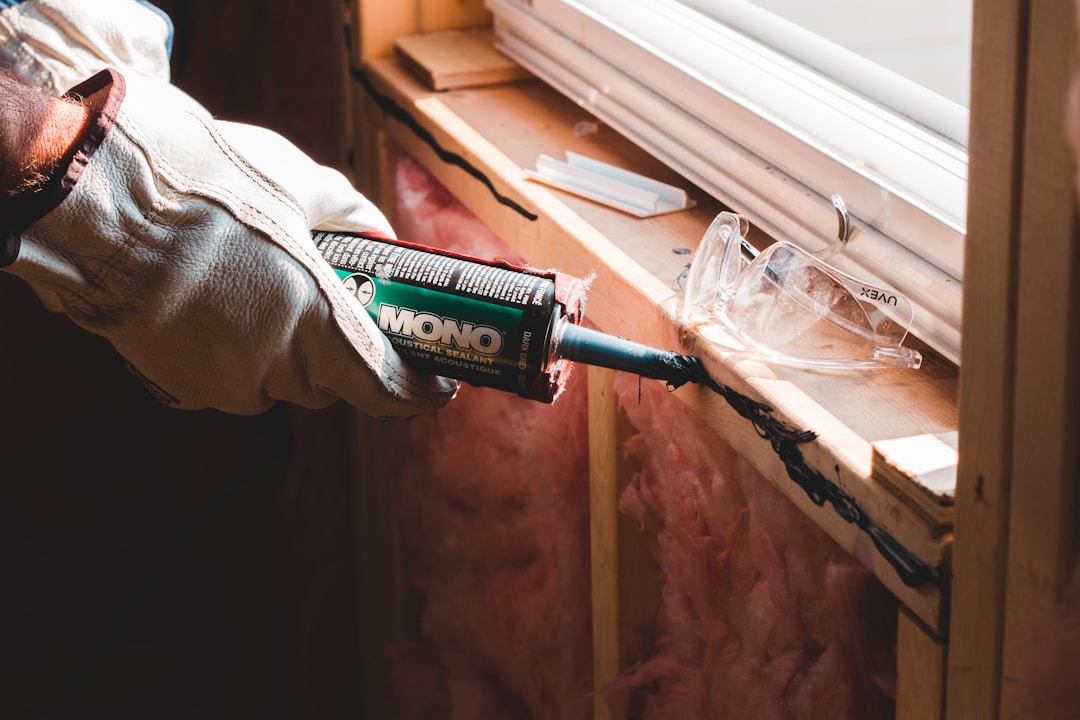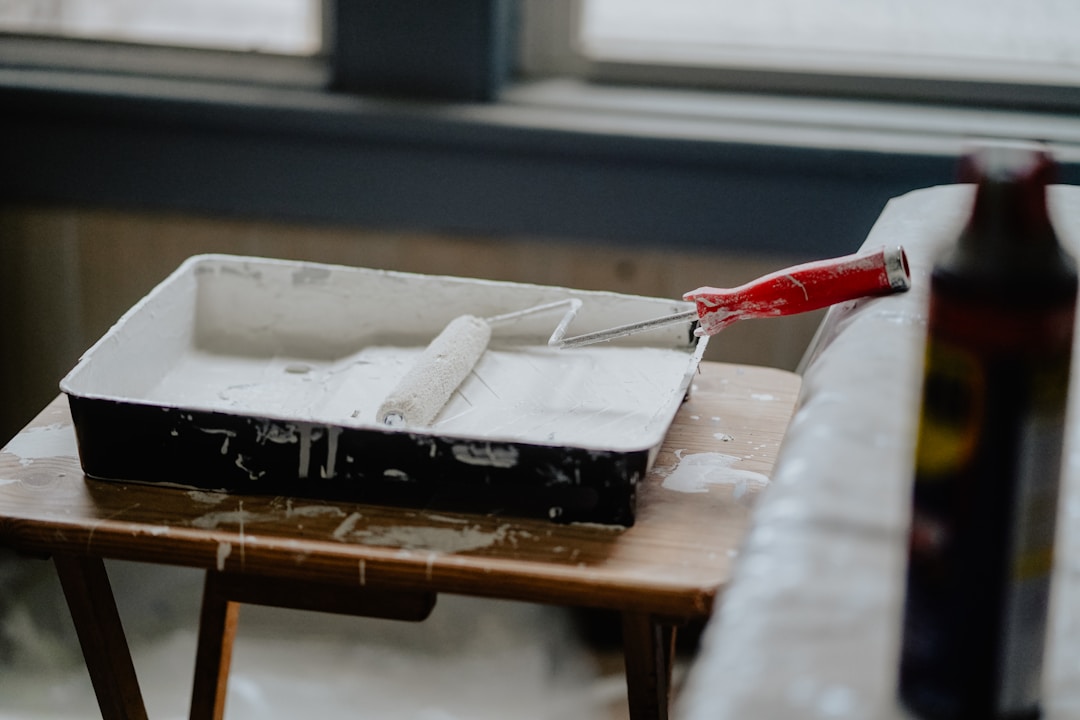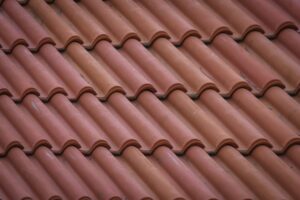Homebuyers are increasingly purchasing properties intending to undergo home improvements or renovations. Homeownership is expensive, and the best way to find the new home of their dreams is to create it for many buyers. There are multiple ways that homeowners can finance renovation projects. One of the most popular financing methods is to tap into equity. Home equity is the difference between how much of your mortgage loan you have paid and the remaining balance. You build equity by paying down your mortgage.
How does equity work?

Using equity is a smart option for financing a remodel or renovation. When you use equity to pay for improvements, all interest paid on home loans is tax-deductible when used to remodel, repair, or improve the home’s value. A home loan offers a far lower interest rate than other types of loans so that homeowners can use their equity to maintain and improve their property values.
There are plenty of DIY projects that can be completed over the course of a weekend that will add value to your home. Sometimes the simplest projects can transform a tired old house into a new home. One of the easiest ways to freshen up your home and add curb appeal is to power wash the exterior of the house, as well as the walkway and driveway. The most popular home renovation projects that increase property value are upgrades to the kitchen and bathroom.
Renovators Blog features a variety of blog articles about home renovation topics for a DIYer like yourself. You can find inspiration on décor trends, how to choose furnishings, tips for installing a tile backsplash, and more. RenovatorsBlog has tips and advice for every homeowner of all DIYer levels that will help maximize renovations and upgrades.
Home equity loans for improvement.

Like traditional mortgage loans, equity loans have a structured repayment period with monthly payments. These loans have a fixed interest rate, which means the monthly payments will stay more or less the same. You receive a lump-sum payment up-front, which makes it ideal when funding a large-scale remodel or renovation. Most equity loans have a term of 10-30 years, and your home is used as collateral against the loan.
With so many different types of home loan products, understanding which product is best for you can be tricky. There are several factors to keep in mind when shopping for a loan from a private lender, such as how your credit score, down payment, and rate period all affect your monthly payments. It’s a good idea for first home buyers to compare loan options from a range of lenders. From variable and fixed-rate to interest-only and interest rate reduction refinance loan options, comparing home loans can help you find the best loan terms for your needs.
HELOC loans for improvement.

With a home equity line of credit (HELOC), you have a certain amount of time to draw on your approved line of credit. You must start making monthly payments on the borrowed amount once the draw period ends. You can often get a better interest rate than you would on a personal loan or credit card, and you can make interest-only payments during the draw period. The best part about a HELOC is that you only pay back the amount you use. HELOCs do have variable interest rates, which means your monthly payments will fluctuate. Lenders typically charge an annual fee to maintain the loan, and it does take longer to get approval than an equity loan.
There’s more than one way to use equity to finance home improvement projects. The best option depends on the scope of your improvement plans, the reason for undergoing renovations, and your budget.



